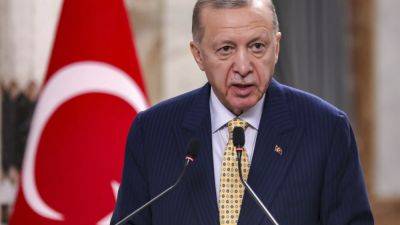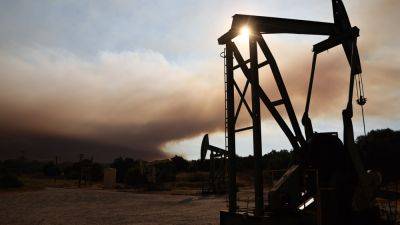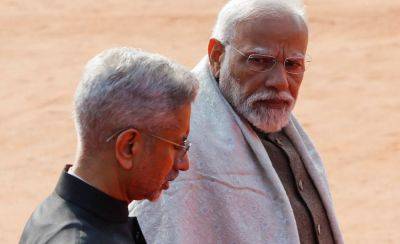Saudi Arabia's fiscal breakeven oil price is rising fast. What will the kingdom do about it?
Saudi Arabia has a superpower. Not only is it the largest exporter of crude oil in the world; its production costs for oil projects are also the lowest in the world, at around just $10 per barrel. When around 75% of your fiscal revenue comes from oil, that's a big deal.
And for a time, its fiscal breakeven oil price — what it needed a barrel of crude to cost in order to balance its government budget — was fairly comfortable, too.
That's changing as the kingdom embarks on huge spending projects as part of Vision 2030, which aims to modernize its economy and diversify its revenue sources away from oil. With each passing year, that projected fiscal breakeven oil price gets higher, and the kingdom's deficit widens.
In May of 2023 the International Monetary Fund forecast the kingdom's breakeven oil price at $80.90 per barrel, which moved it back into a fiscal deficit following its first surplus in nearly a decade. The Fund's latest forecast, in April, put that figure at $96.20 for 2024; a roughly 19% increase on the year before, and about 32% higher than the current price of a barrel of Brent crude, which is trading at around $73 as of Wednesday afternoon.
"At least until 2030, Saudi will have massive budgetary needs due to the need to demonstrate some significant outcome in key Vision 2030 projects and to prepare for and host big sporting and cultural events" like the World Cup 2034 and Expo 2030, said Li-Chen Sim, a non-resident scholar at the Washington-based Middle East Institute.
"All this amidst expected growth in oil supply from the U.S., Guyana, Brazil, Canada, and even the UAE and possible anemic oil consumption growth in China, the Kingdom's largest oil customer, means that the Kingdom's fiscal breakeven price is likely







